How to Determine Wind Speed
“Attention! An increase in wind is expected. Don’t park your vehicle under trees or shaky construction.” Many of us have received a message like this one at least once. But not everyone knows what wind speeds we should actually be worried about.
At 5-Minute Crafts, we decided to make a detailed guide about wind speed and how to measure it.
Units
Meters per second is the most widespread unit for wind speeds.
For historical reasons, other units, such as miles per hour, knots, or feet per second, are also sometimes used to measure wind speeds.
1m/s = 1.9 knots = 2.2 mps = 3.3 ft/s
How to calculate wind speed with the help of a windsock
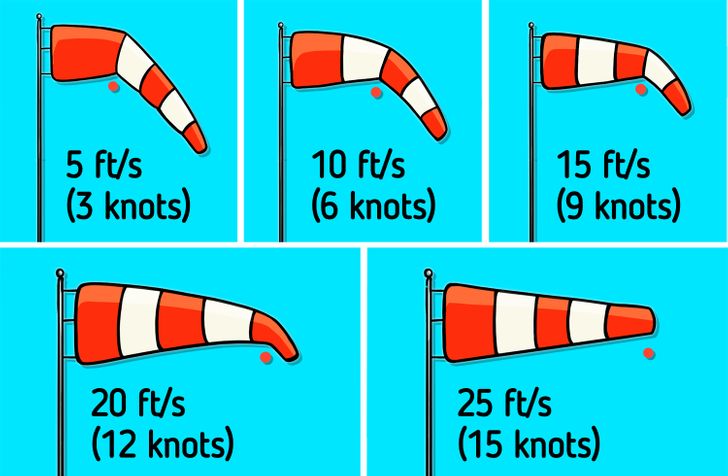
A windsock is typically used at airports to indicate the direction and strength of the wind to pilots and at chemical plants where there is a risk of gaseous leakage. They are sometimes located alongside highways at windy locations. Simple construction can become irreplaceable when complex electronic devices are deactivated or inaccessible.
How to calculate wind speed with a windsock:
- Alternating stripes of highly visible colors, like orange and white, were initially used to help to estimate the speed of the wind. If the first stripe is raised, it means the wind speed is 5 feet per second (1.5 m/s, 3 knots, 3.5 mph). At this minimal speed, the windsock starts showing the direction of the wind.
- 2 stripes indicate a wind speed of 10 feet per second (3 m/s, 6 knots, 7 mph).
- The third stripe raises at a speed of 15 feet per second (4.6 m/s, 9 knots, 10 mph).
- The fourth stipe raises at a speed of 20 feet per second (6 m/s, 12 knots, 14 mph).
- A fully extended windsock suggests a wind speed of 25 feet per second (7.7 m/s, 15 knots, 17 mph) or greater.
Force 0
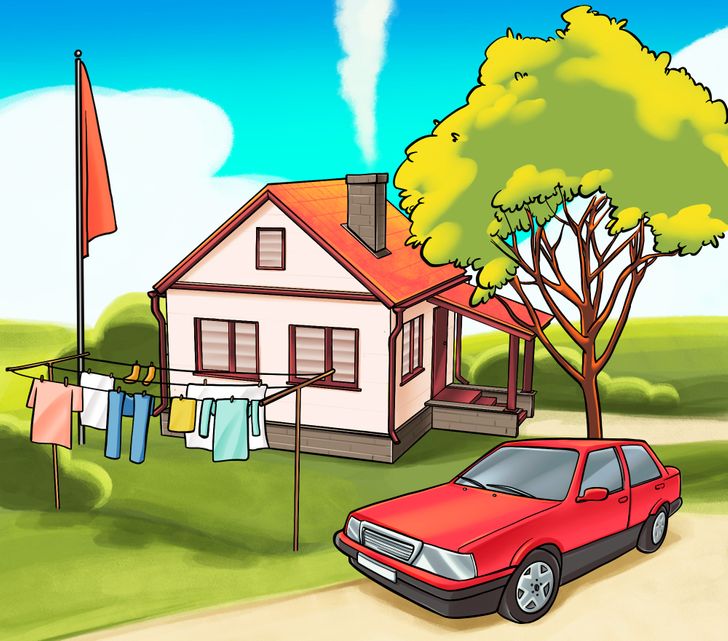
Wind speeds are often classified using the Beaufort scale, which is based on visual observations of specifically defined wind effects at sea or on land. The scale includes 13 classes (0 to 12) and is accepted by the World Meteorological Organization. The scale starts with a force of 0.
- “Force 0” means things are calm.
- Wind speeds are less than 1.6 feet per second.
- Any smoke rises vertically.
- Tree leaves don’t move.
Force 1-2
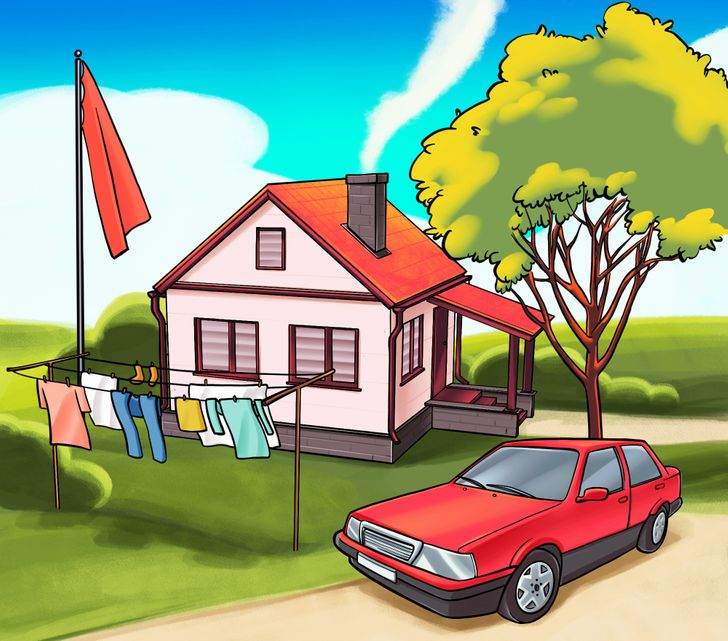
- “Force 1-2” means light air or a light breeze.
- Wind speeds are 1.6 to 11 feet per second.
- The wind direction can be seen by smoke drift.
- Tree leaves rustle.
- The wind can be felt on one’s face.
- A wind vane can start to be moved by the wind at a speed of 1.6 feet per second.
Force 3
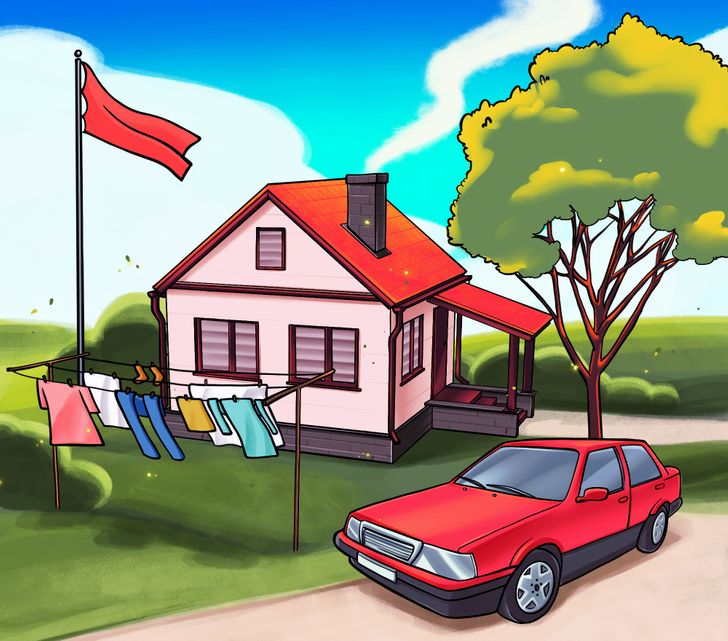
- “Force 3” means a gentle breeze.
- Wind speeds are 11 to 18 feet per second.
- Smoke drifts aside.
- Leaves and small twigs are in constant motion.
- Light flags are extended.
Force 4

- “Force 4” means a moderate breeze.
- Wind speeds are 18 to 26 feet per second.
- Wind raises dust and loose paper.
- Small branches are moving.
Force 5-7
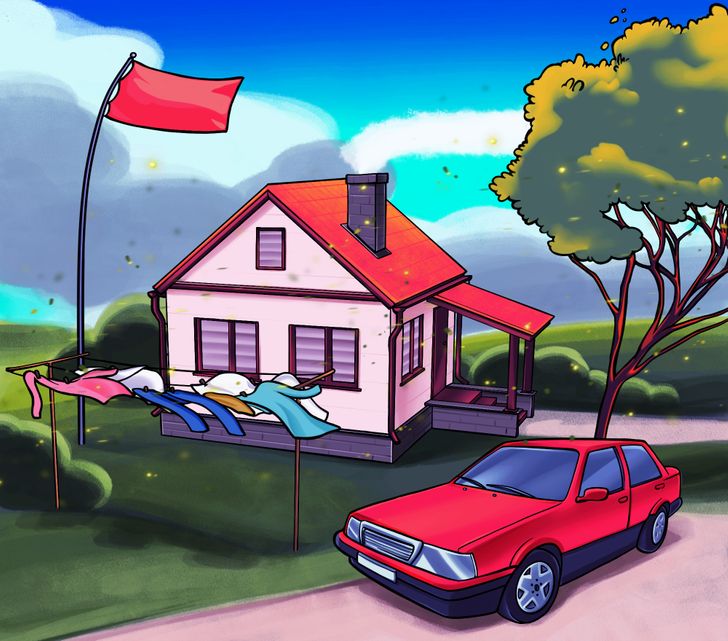
- “Force 5-7” means fresh, strong, and high winds.
- Wind speeds are 26 to 56 feet per second.
- Trees are in motion.
- Inconvenience is felt when walking against the wind.
- Umbrellas can be used with difficulty.
- Crested wavelets form on inland waters.
- Whistling can be heard in telegraph wires.
Force 8-11
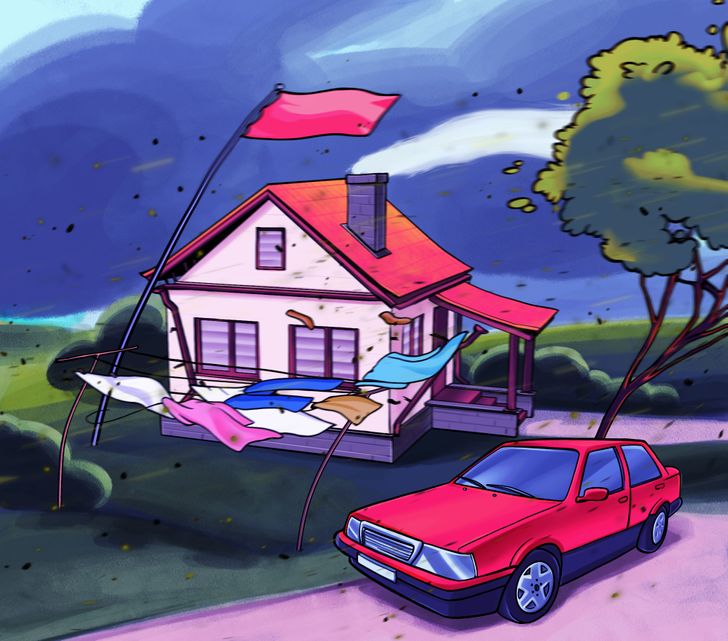
- “Force 8-11” means a fresh or strong gale, storms, whole gale, or a violent storm.
- Wind speeds are 56 to 107 feet per second.
- Twigs break off trees, and some trees get uprooted.
- The wind brings slight to considerable structural damage.
Force 12

- “Force 12” means there’s a hurricane.
- Wind speeds are more than 107 feet per second.
- It happens very rarely.
- The winds bring devastation.
- Buildings are broken down, roofs get torn off, and cars can be raised in the air.
- Trees are uprooted.
- Visibility is very low.